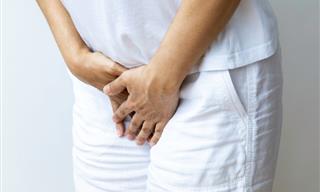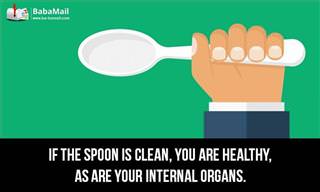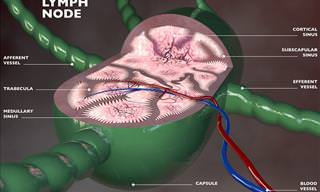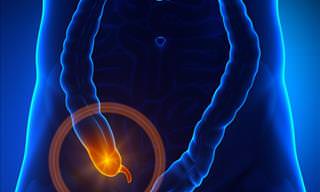Appendicitis occurs due to a blockage or obstruction in the appendix. The blockage may be due to a buildup of mucus, parasites, or most commonly, fecal matter. When an obstruction in the appendix occurs, bacteria can multiply quickly inside the organ causing the appendix to become irritated and swollen, thus leading to appendicitis.
The appendix is located in the lower right side of your abdomen and is a narrow, tube-shaped pouch protruding from your large intestine. If you don't get treatment for an inflamed appendix quickly it can rupture and release dangerous bacteria into your abdomen.
This will result in an infection called peritonitis. It is a serious condition that requires immediate medical attention. A ruptured appendix is a life-threatening situation which rarely occurs within the first 24 hours of symptoms. However, the risk of rupture rises dramatically after 48 hours of the onset of symptoms. It is therefore essential that you recognize symptoms immediately:
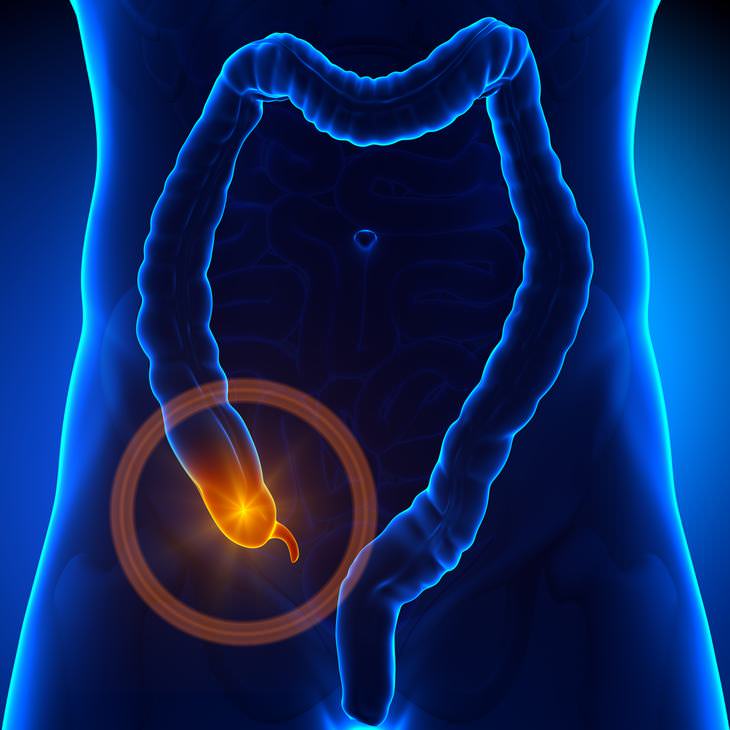
Symptoms of appendicitis
Appendicitis causes a variety of symptoms, including:
1. Dull abdominal pain near the navel or the upper abdomen which becomes sharp as it moves to the lower right abdomen. This is usually the first sign.
2. Loss of appetite.
3. Nausea and or vomiting soon after abdominal pain begins.
4. Abdominal swelling.
5. Fever of 99-102 degrees Fahrenheit.
6. Inability to pass gas.
Almost half the time, other symptoms of appendicitis appear, which include:
1. A dull or sharp pain anywhere in the upper or lower abdomen, back or rectum.
2. Painful urination.
3. Vomiting that preceded the abdominal pain.
4. Severe cramps.
5. Constipation or diarrhea with gas.
If you experience any of these symptoms, it is essential that you see a doctor immediately. A timely diagnosis and treatment are imperative. Do not eat, drink or use any pain medications, antacids, laxatives, or heating pads which can cause an inflamed appendix to rupture. It is vital that you take note of the below information:
1. Abdominal pain
Appendicitis involves a gradual onset of dull, cramping or aching pain throughout the abdomen. As the appendix becomes more swollen and inflamed, it will irritate the lining of the abdominal wall. This will cause a localized, sharp pain in the right lower part of the abdomen. The pain can be described as constant and severe, as opposed to the dull, aching pain that occurs when symptoms start. Some people may have an appendix that lies behind the colon. In such people, this can cause lower back pain or pelvic pain.
2. Mild fever
Appendicitis tends to cause a fever between 99°F (37.2°C) and 100.5°F (38°C). You may also experience chills. If the appendix bursts, this will result in an infection causing your fever to rise. A fever greater than 101°F (38.3°) and an increase in heart rate may mean that the appendix has ruptured.
3. Digestive upset
Appendicitis can cause nausea and vomiting. You may lose your appetite and may also become constipated or have severe diarrhea. If you have trouble passing gas it may indicate a sign of a partial or total obstruction of your bowel. This may be related to underlying appendicitis.

What are the symptoms in children?
Children aged two and younger will often show the following symptoms:
1. Vomiting.
2. Abdominal bloating or swelling.
3. A tender Abdomen.
Older children and teenagers are likely to experience:
1. Nausea.
2. Vomiting.
3. Pain in the lower right side of the abdomen.
What are the symptoms in pregnant women?
Most appendicitis symptoms are similar to the discomforts of pregnancy which include stomach cramping, nausea, and vomiting. But, it is not always clear that you have the classic symptoms of appendicitis, especially in late pregnancy. The growing uterus pushes the appendix higher during pregnancy, which means that pain may occur in the upper abdomen instead of the lower right side of the abdomen. You may also experience heartburn, gas or alternating episodes of constipation and diarrhea. 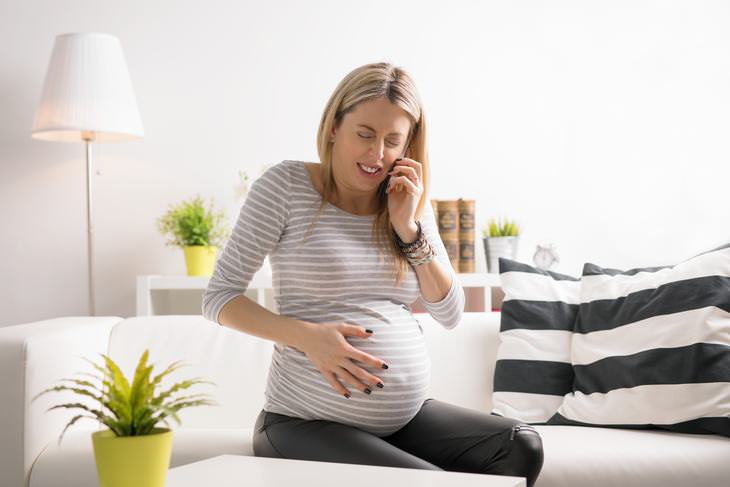 The Do's and Don'ts
The Do's and Don'ts
Do: Go to the hospital immediately if you or anyone you know has the aforementioned symptoms of appendicitis. Bear in mind that no home remedies will help.
Don't: Avoid over-the-counter medication to treat the symptoms and bear in mind that enemas and laxatives can cause your appendix to rupture. Furthermore, pain medications that mask symptoms may also make it harder for your doctor to make a quick diagnosis.
How is it treated?
A physical exam will be performed by your doctor asking you about your symptoms. Then, certain tests will be administered to help determine if you have appendicitis. These include blood tests to look for signs of an infection, urine tests to check for signs of a UTI or a kidney stone, an abdominal ultrasound or CT scan to see if the appendix is inflamed. Depending on your symptoms, your doctor may suggest immediate surgery in which case you will receive antibiotics before surgery.
After the surgery, you may stay in the hospital until the pain is under control and you are able to consume liquids. If you develop an abscess or if a complication occurs, your doctor may prescribe antibiotics for another day or two. Always remember that while its possible for problems to arise, most people make a full recovery without complications. 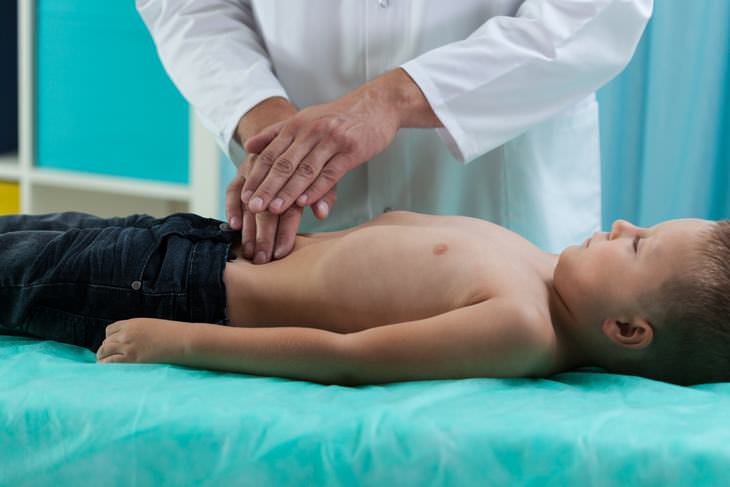
Risk factors and prevention
Appendicitis can happen at any time, though it is most likely to occur between the ages of 10 and 30. It is more common in men than in women. You can't prevent appendicitis, but you can lower the risk of developing it. It seems less likely if you have a diet rich in fiber, so opt for fresh fruits and vegetables whenever you can. Increasing your fiber intake can prevent constipation and subsequent stool buildup which is the most common cause of appendicitis. If you suffer from any condition that causes inflammation or infection of the bowels, it is vital that you work with your doctor to prevent appendicitis.
 Go to BabaMail
Go to BabaMail









